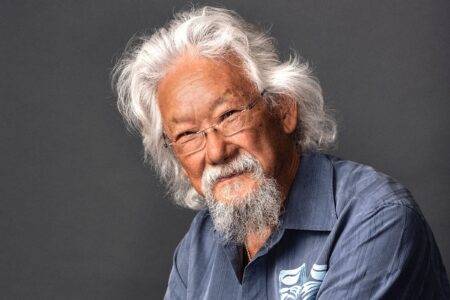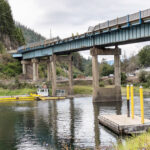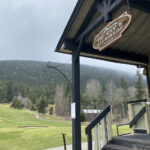Watch out invasive plants, as weed control continues across the Boundary
The war on invasive plants continues as funding for Boundary regional programs keeps the weed management programs operative.
The Regional District of Kootenay Boundary (RDKB) and the Boundary Weed Management Committee received confirmation of funding for 2012 from the Ministry of Forests, Lands and Natural Resource Operations (FLNRO).
The funding, totalling $84,900, will be used to continue and enhance the work that the BWMC has been doing to educate residents and battle invasive plants (Boundary Weed Management Committee $37,600 and Regional District of Kootenay Boundary $47,300).
“Part of the funds is for the general running of the weed committee,” said program co-ordinator Barb Stewart. “A portion of the funding is going to on the ground work including some hand pulling of various plants. Year-to-year we never know how much we will receive – it always fluctuates.”
The BWMC receives a portion of the RDKB’s funds as an operating grant to replace the weed control grant ($17,400) and the balance is for on ground work including bio-control, coordination and planning, inventory and monitoring the treatment contractors doing work on crown land, and a small amount of manual treatment. The committee has 35 groups involved with their program, but a handful of key volunteers head up the projects.
The two programs are complimentary and together make an effective management program for crown land, explained Stewart.
Invasive plants are not native to a particular ecosystem and have the potential to displace long-established species and cause considerable economic or environmental damage. They may disrupt natural ecosystems, reduce biodiversity, increase soil erosion, alter soil chemistry and adversely affect commercial crops. The Invasive Plant Program identifies the locations of invasive plant species and responds rapidly to contain and eradicate them before they spread.
“Non-native plant species have created a lot of problems – not just for farmers and ranchers, but disrupting natural ecosystems that we all rely on and enjoy,” added Boundary-Similkameen MLA John Slater.
Stewart noted that the committee, and government initiatives as well, are moving towards working with a broad spectrum of species, not just invasive plants as a focus. This could mean working on managing aquatic species, or animals along with the weeds and plants.
“It’s going to be a process this year in figuring out how we are going to change things,” said Stewart. “Probably next year we’ll start doing this. We’ll be doing a bit of awareness about (these species) and making sure people know where to report things like (bullfrogs or other species). Maybe even doing some information on it so that people know they should be watching for some of these species.”
This year people boating at Christina Lake will also see employees with the Invasive Species Council of B.C. educating everyone about the importance of cleaning boats so that diseases and species are not tracked from one lake to another, said Stewart. This is just one small part of possible work for the committee as the BWMC dabbles in new programs that may become the future for their work.
Additional Information:
· Methods used to minimize the spread of invasive plants include mechanical treatments (physical removal or destruction), chemical treatments (targeted use of herbicides), and biological controls (using an invasive plant’s natural predators to control its growth).
· The Invasive Species Grants will be used to:
· protect habitats and native species from impacts caused by expanding invasive plant populations;
· develop collaborative invasive plant management strategies with all land management agencies at the local level;
· identify and treat invasive plant species that are new to a region;
· support First Nations IP Partnership Programs (12 established and several more in progress);
Links:
Invasive Alien Plant Program: http://www.for.gov.bc.ca/hra/plants/index.htm
Invasive Species Council of British Columbia: http://www.bcinvasives.ca






















